SOURCE: RAUNAK KUNDE / NEWS BEAT / IDRW.ORG
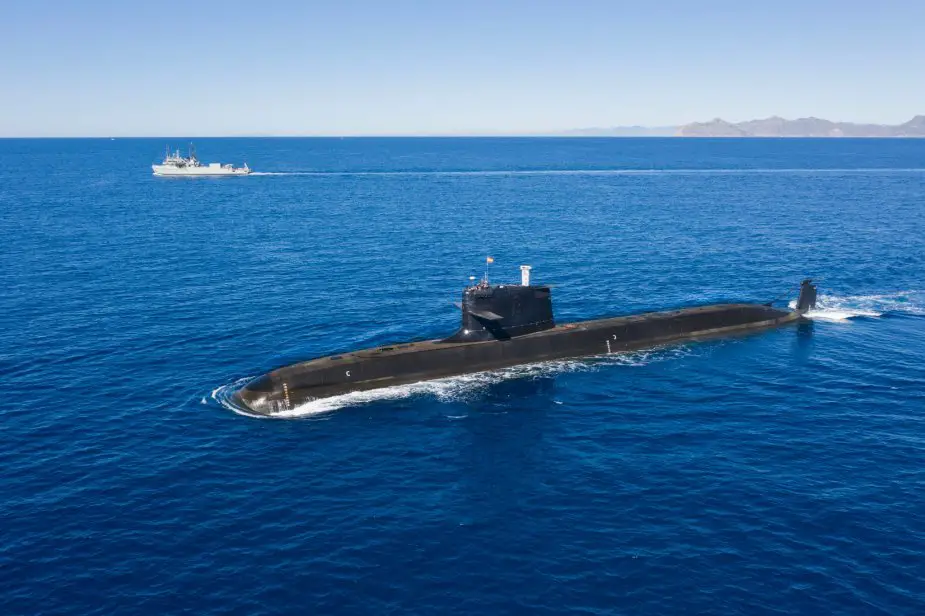
Larsen & Toubro (L&T) Defence, led by Executive Vice President and Head Arun Ramchandani, has confirmed a key aspect of its joint bid with Navantia for the Indian Navy’s Project 75I tender. The bid proposes the S-80 Plus class submarines, with a significant focus on maximizing local Indian content.
If their bid is chosen, L&T-Navantia promises that nearly 60% of the components used in the S-80 Plus submarines constructed for India will be sourced locally. This signifies a substantial commitment to India’s “Make in India” initiative, promoting domestic manufacturing and technological expertise.
Continue readingSOURCE: RAUNAK KUNDE / NEWS BEAT / IDRW.ORG

Dassault Aviation, the French manufacturer of the Rafale fighter jet, is making a strategic move to secure a larger role in India’s aerospace industry. The company has reportedly conveyed to Indian Air Force (IAF) and Ministry of Defence (MoD) officials that it can begin Rafale production in India, but with one key condition: acquiring a 100% stake in Dassault Reliance Aerospace Ltd (DRAL).
Dassault’s proposal is enticing. The company claims its Indian facility, upon receiving full ownership, could achieve a production rate of two Rafale jets per month. This translates to potentially delivering the entire 114 jets envisioned under the IAF’s upcoming Multi-Role Fighter Aircraft (MRFA) tender within five years.
Continue readingSOURCE: RAUNAK KUNDE / NEWS BEAT / IDRW.ORG

NewSpace Research and Technologies (NRT), a Bengaluru-based company, has sent ripples through the defence industry by hinting at two significant additions to its swarming platform portfolio. While details remain scarce, NRT’s unveiling of Unmanned Ground Vehicle (UGV) and Unmanned Surface Vehicle (USV) integrations with their MOSAIC intelligence suite suggests a bold step towards more comprehensive unmanned warfare solutions.
NRT’s MOSAIC suite has garnered considerable attention for its ability to orchestrate swarming tactics in unmanned aerial vehicles (UAVs). This technology empowers UAVs to collaborate in decentralized fused teaming missions, making them highly adaptable and effective.
Continue readingSOURCE: IDRW.ORG.

The Indian Air Force (IAF) is taking a significant step towards self-reliance in critical defense equipment. Partnering with the indigenous defense production industry under the Make-II procedure of the Defence Acquisition Procedure (DAP) 2020, the IAF is set to design and develop a “Common Air-to-Ground Launcher” for its Su-30 MKI fighter jets. This project, approved on March 18th, 2024.
Imagine a versatile equipment that can transform the Su-30 MKI’s offensive capabilities. The Common Launcher acts as a universal carrier, enabling the aircraft to carry a wider range of weapons and pods based on mission requirements. Currently, the Su-30 MKI relies on various launchers/adapters supplied by the Original Equipment Manufacturer (OEM), each specific to a particular weapon type.
Continue readingSOURCE: IDRW.ORG TEAM
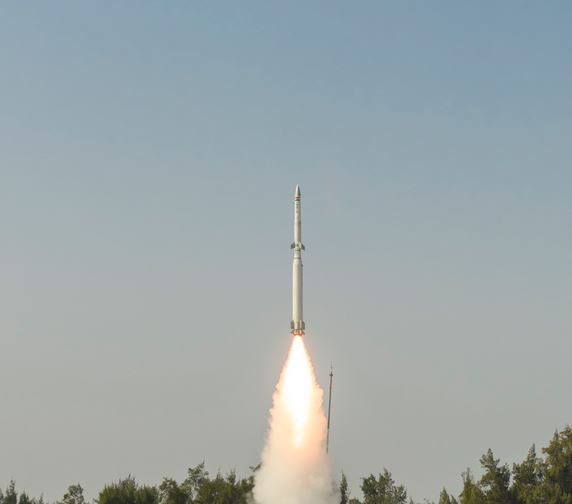
The recent interception of 110 ballistic missiles fired by Iran by Israeli defense forces has garnered significant attention worldwide. However, for India, this event holds particular significance due to the close ties between the two nations in the realm of defense technology and missile defense systems.
India’s interest in the Israeli interception capabilities stems from its own efforts to bolster its defense against ballistic missile threats, particularly from neighboring adversaries like Pakistan. India has long been a beneficiary of Israeli defense technology, including the Anti-Ballistic Missile (ABM) systems.
Continue readingSOURCE: RAUNAK KUNDE / NEWS BEAT / IDRW.ORG
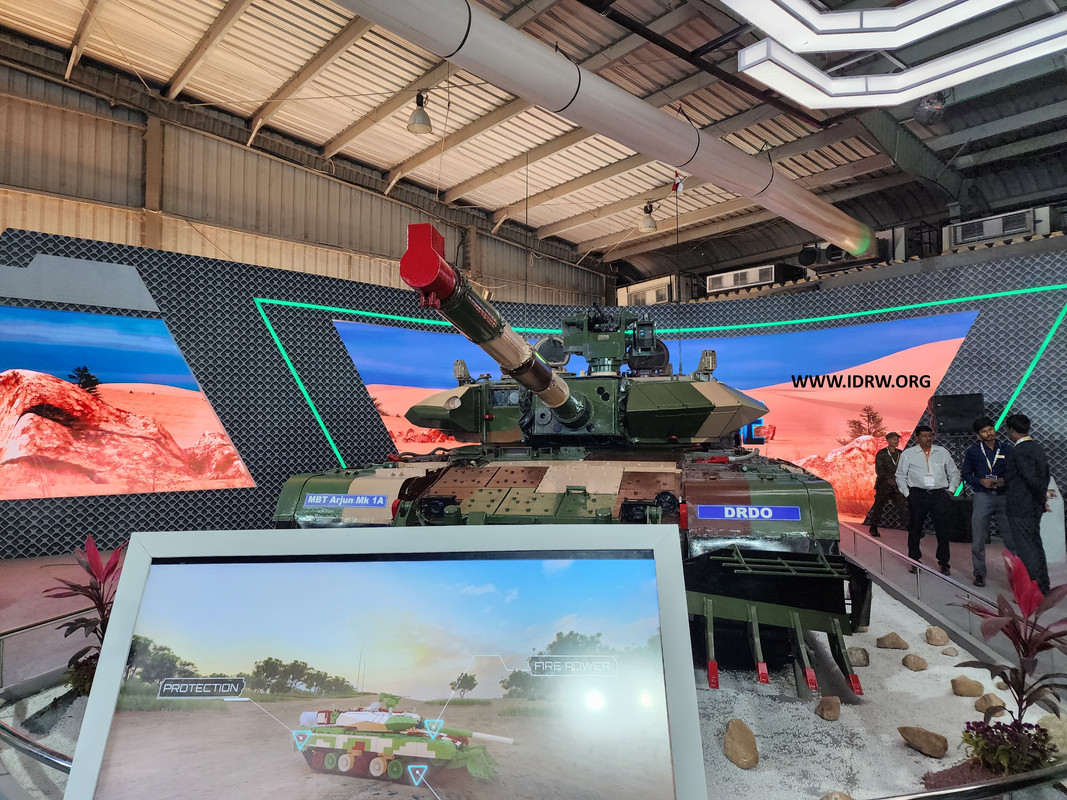
India’s Defence Research and Development Organisation (DRDO) is seeking the Indian Army’s approval to develop an unmanned ground combat vehicle (UGV) based on the country’s Arjun Mk 1A main battle tank.
The proposal, put forward in 2022 by DRDO’s Combat Vehicles Research and Development Establishment (CVRDE), envisions a UGV leveraging the Arjun Mk 1A’s robust design and capabilities. This new unmanned platform would be specifically tailored for India’s harsh desert terrain along the western border, where the Arjun Mk 1A is currently deployed.
Continue readingSOURCE: RAUNAK KUNDE / NEWS BEAT / IDRW.ORG
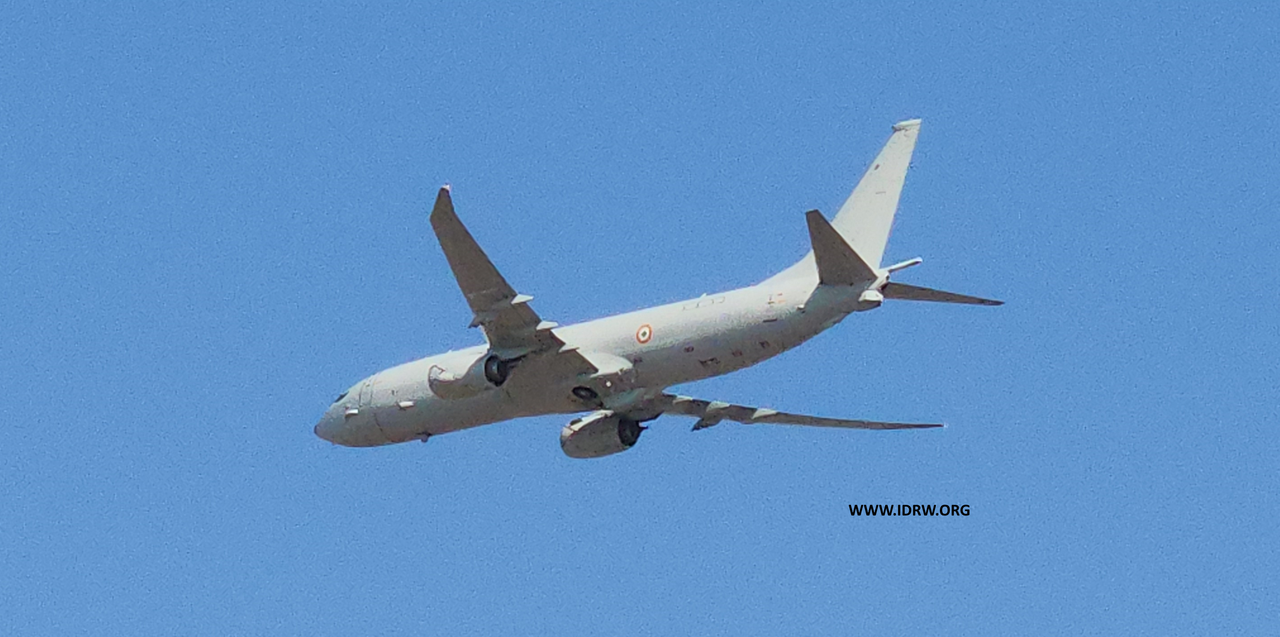
The Indian Navy is evaluating a potential upgrade package for its fleet of 12 Boeing P-8I maritime patrol aircraft. This upgrade, designated Increment 3 Block 2, promises significant improvements in the P-8I’s ability to detect, track, and engage even the most advanced submarines.
Boeing, the manufacturer of the P-8I, has reached out to several P-8 operators worldwide, including the Indian Navy, to promote this upgrade package. The focus lies on bolstering the aircraft’s capabilities for Anti-Submarine Warfare (ASW).
Continue readingSOURCE: RAUNAK KUNDE / NEWS BEAT / IDRW.ORG
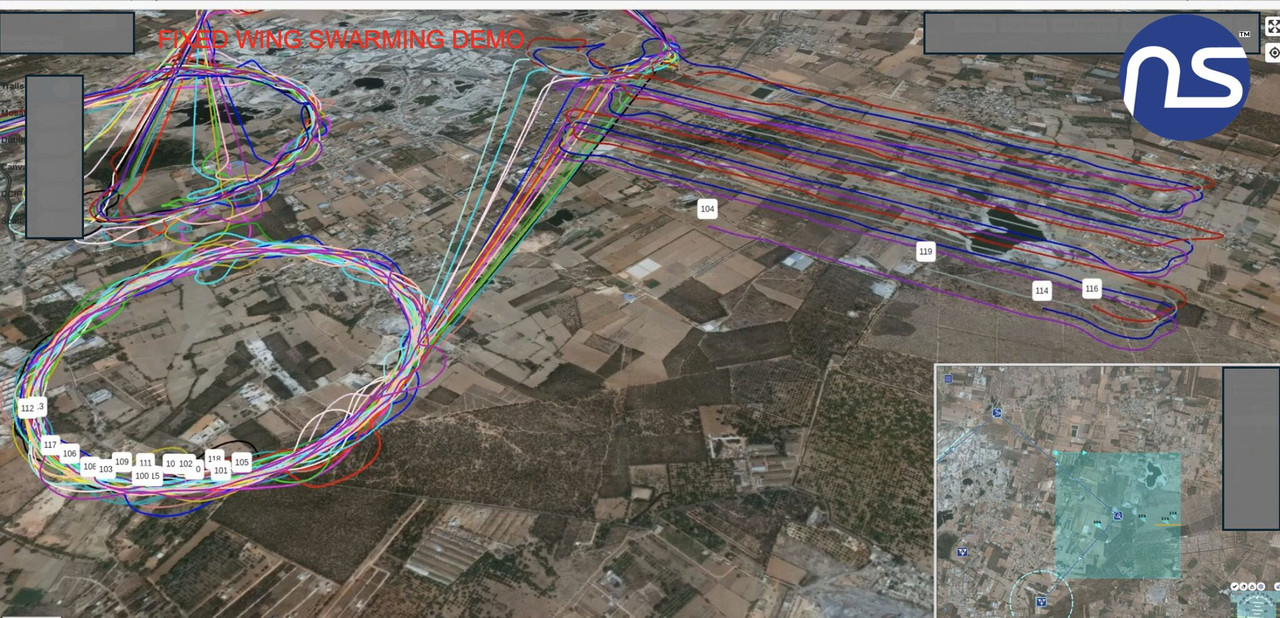
NewSpace Research and Technologies (NRT) has achieved a significant breakthrough in the field of unmanned aerial vehicles (UAVs) with the successful initial testing of its fixed-wing swarming UAV stack. This cutting-edge technology has the potential to revolutionize aerial combat operations.
The core of NRT’s achievement lies in its MOSAIC intelligence suite. This suite empowers UAVs to conduct decentralized fused teaming missions. During the initial tests, various modules of the MOSAIC system were evaluated for their ability to create combat mass and achieve air-launched effects.
Continue readingSOURCE: IDRW.ORG.
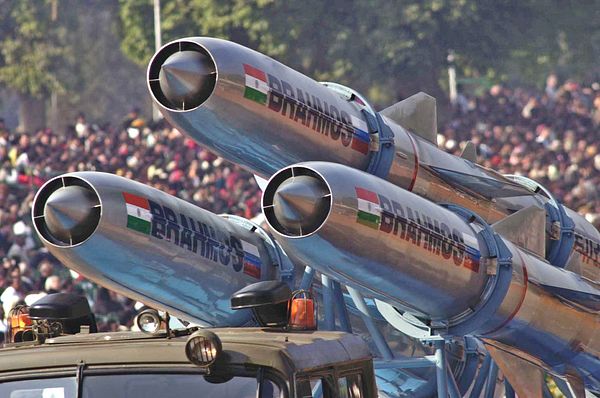
According to internal simulations conducted by the Indian military, a salvo of just three BrahMos supersonic cruise missiles could potentially cripple or even sink a Chinese aircraft carrier. This claim hinges on the BrahMos’s extreme speed and maneuverability, making it a formidable weapon against large surface targets.
The BrahMos’ Mach 3 capability makes it extremely difficult for traditional ship-based defense systems to intercept. Its speed and low-altitude skimming ability present a significant challenge. The BrahMos carries a sizeable warhead, and a successful strike on a carrier could cause catastrophic damage.
Continue readingSOURCE: IDRW.ORG

The Indian Army is set to receive a significant boost to its firepower and mobility with the induction of a new batch of Ashok Leyland GTV 6×6 vehicles. These robust all-terrain vehicles are specifically designed to meet the demanding requirements of the Indian Army’s medium artillery and air defense regiments.
The GTV 6×6 boasts an impressive towing capacity of 20 tons, enabling it to haul heavy artillery guns and radar systems critical for battlefield operations. This enhanced capability will be particularly beneficial for swiftly deploying and maneuvering these powerful assets along India’s northern borders, where strategic terrain often necessitates rapid troop and equipment movement.
Continue readingSOURCE: RAUNAK KUNDE / NEWS BEAT / IDRW.ORG
India’s Gas Turbine Research Establishment (GTRE) is setting its sights on ambitious plans to co-develop a new engine for the 5th generation Advanced Medium Combat Aircraft (AMCA) program. This next-generation engine is poised to be a game-changer, boasting the highest DRY thrust (75kN) among contemporary aircraft in its weight class (around 25 tons).
AMCA is required to have a Supercruise Capability and the High thrust engine’s power will enable the AMCA to achieve supercruise, exceeding the speed of sound without engaging the afterburner. This translates to greater fuel efficiency and combat range during high-speed missions.
Continue readingSOURCE: RAUNAK KUNDE / NEWS BEAT / IDRW.ORG
India’s Defence Research and Development Organisation (DRDO) is taking a significant step towards enhancing the safety and autonomy of its unmanned aerial vehicles (UAVs). Through its Aeronautical Development Establishment (ADE), DRDO has issued an “Expression of Interest” (EOI) inviting collaboration from reputed Indian industry partners.
The core objective of this project is to design and develop a “Sense and Avoid System” specifically for medium and high altitude long endurance UAVs. This system will be crucial for ensuring safe airspace integration by enabling these UAVs to detect and avoid potential collisions with other airborne objects.
Continue readingSOURCE: RAUNAK KUNDE / NEWS BEAT / IDRW.ORG
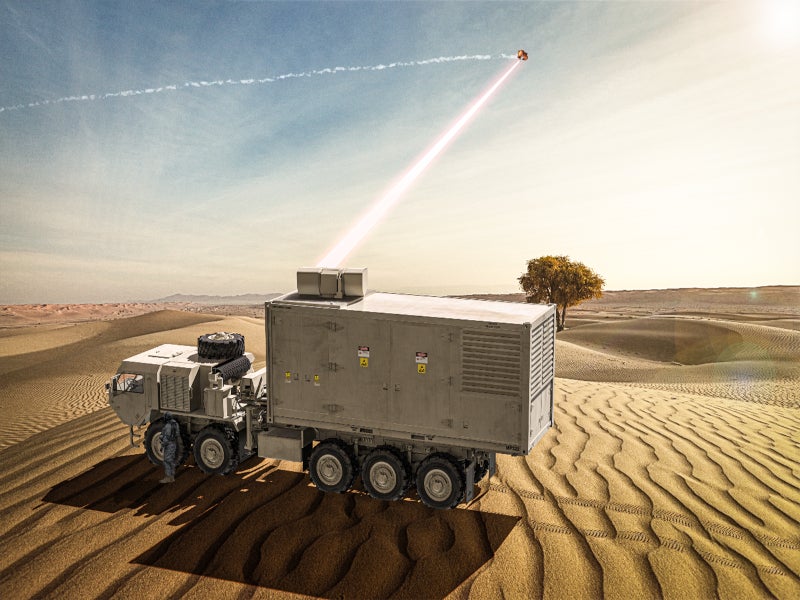
The Defence Research and Development Organisation (DRDO) is taking a significant step towards developing high-energy laser weapons. Through its Centre for High Energy Systems and Sciences (CHESS), DRDO has issued an Expression of Interest (EOI) inviting Indian vendors to participate in the design and development of a Large Aperture Beam Control System (LBCS) for a High Power Laser (HPL).
Located in Hyderabad, CHESS is a DRDO laboratory dedicated to research and development in the domain of high-energy systems and futuristic weaponry. This EOI signifies India’s commitment to developing Directed Energy Weapons (DEWs) as a part of its ongoing defence modernization efforts.
Continue readingSOURCE: IDRW.ORG.
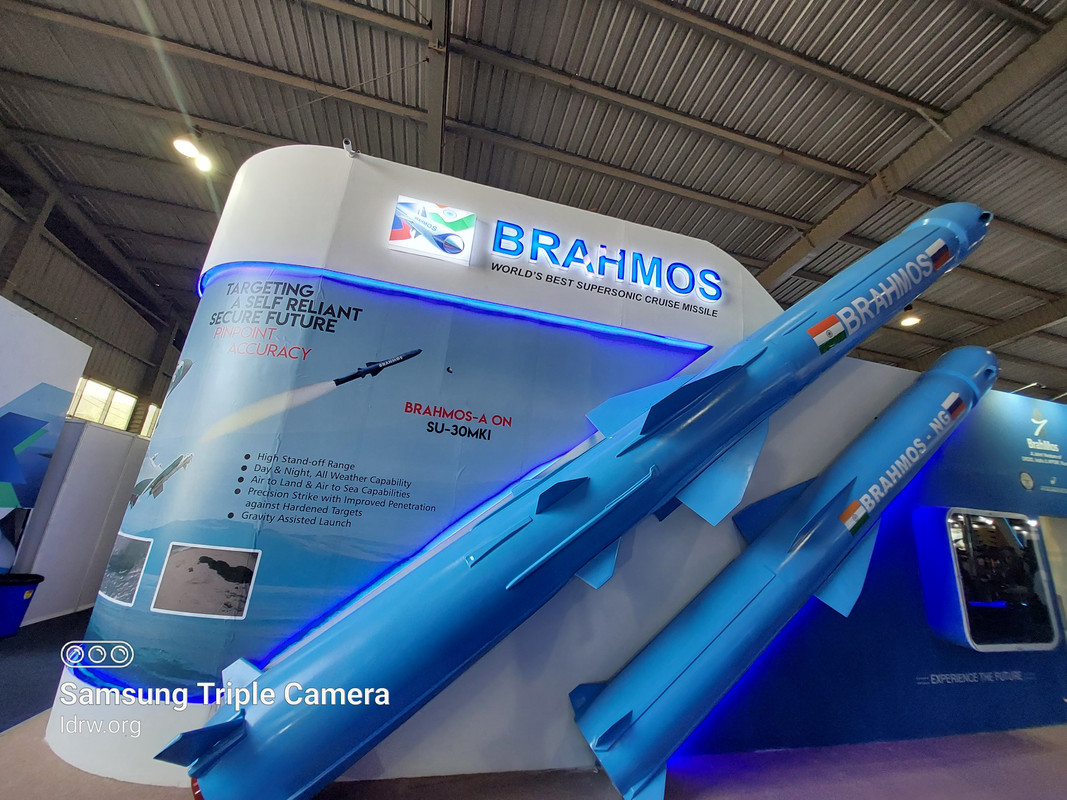
General Dimitrios Choupis, Chief of the Hellenic National Defence General Staff (GEETHA), recently concluded an official visit to India at the invitation of his counterpart, General Anil Chauhan. The visit, which lasted until April 11, 2024, aimed to strengthen defense cooperation between the two nations.
While Indian media has speculated about the potential sale of BrahMos missiles, a supersonic cruise missile jointly developed by India and Russia, to Greece, several factors make this unlikely in the near future.
Continue readingSOURCE: IDRW.ORG TEAM.
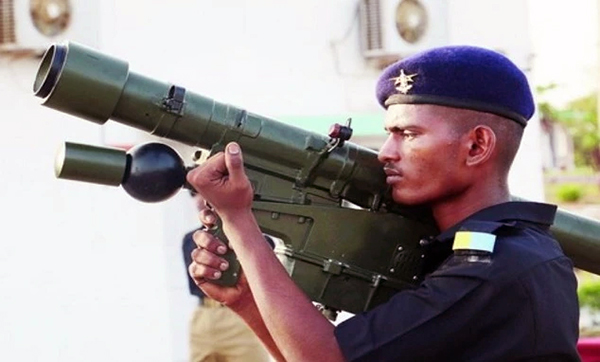
India and Pakistan, South Asian neighbors with a long history of military tension, possess significant stockpiles of man-portable air-defense systems (MANPADS). Despite having a smaller overall military force, Pakistan boasts a surprisingly larger inventory of MANPADS missiles compared to India.
Pakistan has a history of indigenous production of MANPADS. They’ve been producing the Swedish RBS-70 since 1984, with a total assembly of 2180 units before production ceased in 2019. Pakistan also manufactures its own MANPADS variants. The Anza MkI and MkII, produced by Kahuta Research Laboratories, number 1100 and 2650 units respectively. These are essentially Chinese FN-6 missiles assembled domestically under license since 1987. Adding to this arsenal are 1997 units of the FN-6 itself, directly imported from China.
Continue reading